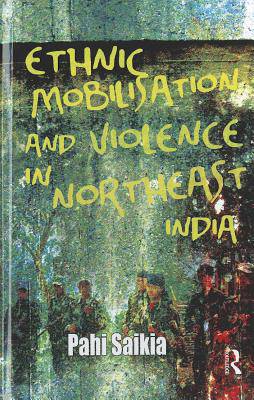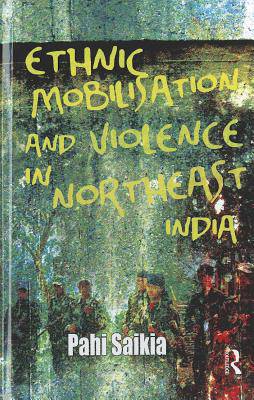
- Retrait gratuit dans votre magasin Club
- 7.000.000 titres dans notre catalogue
- Payer en toute sécurité
- Toujours un magasin près de chez vous
- Retrait gratuit dans votre magasin Club
- 7.000.0000 titres dans notre catalogue
- Payer en toute sécurité
- Toujours un magasin près de chez vous
290,45 €
+ 580 points
Format
Description
The book provides an in-depth analysis of contemporary ethnic movements and violence in South Asia. Specifically, it addresses some of the reasons for the failure of ethnic conflict management in northeast India, and for the frequent emergence of violence in the region.
Spécifications
Parties prenantes
- Auteur(s) :
- Editeur:
Contenu
- Nombre de pages :
- 252
- Langue:
- Anglais
Caractéristiques
- EAN:
- 9780415693011
- Date de parution :
- 31-07-11
- Format:
- Livre relié
- Format numérique:
- Genaaid
- Dimensions :
- 140 mm x 221 mm
- Poids :
- 408 g

Les avis
Nous publions uniquement les avis qui respectent les conditions requises. Consultez nos conditions pour les avis.






